Dhaka’s traffic maze: urban chaos
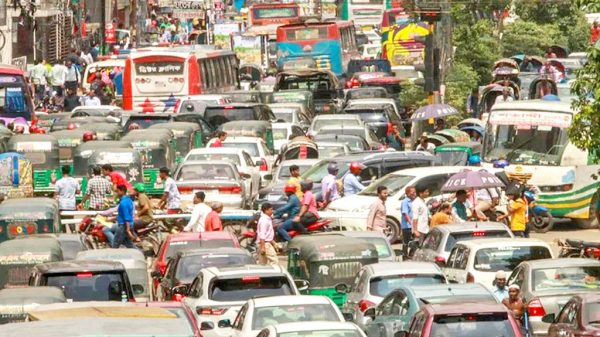
DHAKA is a city of stark contrasts — a centre of economic growth and cultural vibrancy yet plagued by one of the most crippling urban challenges: traffic congestion. Despite ambitious projects like the elevated expressway and metro rail, the city’s traffic woes remain a daily ordeal. These initiatives have brought some relief, but for many commuters, navigating Dhaka’s streets still feels like an unending trial of patience and endurance.
Take a routine trip from Uttara to Badda or Rampura via Airport Road, for instance. What should be a short commute often stretches into hours, leaving people drained physically and mentally. Even with new infrastructure, congestion persists along key routes such as Abdullahpur to the airport and Kuril flyover to Jamuna Future Park. Meanwhile, the ongoing construction of the metro rail has turned areas like Badda and Rampura into chaotic zones, where walking on footpaths feels like manoeuvring through an obstacle course.
In the evenings, parts of Uttara, particularly Jasimuddin Avenue, b becomes a nightmare for traffic. Street vendors crowd the road space, exacerbating the situation. The absence of emergency lanes compounds the issue. For critically ill patients or those rushing to catch flights, these delays can be fatal. Families are often left powerless, trapped in a city ill-prepared for urgent situations.
A report by the Accident Research Institute at the Bangladesh University of Engineering and Technology shows a grim reality: vehicles in Dhaka crawl at an average speed of 5 km/h, costing the city five million working hours daily and resulting in an annual economic loss of about Tk 37,000 crore. The implications extend beyond financial losses. Office workers, students, and officials waste hours in traffic, disrupting routines and productivity.
The environmental and financial costs are equally severe. According to the World Bank, traffic congestion results in the waste of hundreds of crores of takas in fuel annually. Idling vehicles emit harmful pollutants, worsening air quality and public health while contributing to the city’s environmental crisis. Rising transportation costs and frequent road accidents further strain the city, with traffic-related injuries and fatalities draining nearly Tk 40,000 crore each year.
Roots of problem
DHAKA’S traffic congestion is the result of a rapid, unplanned urbanisation. The city’s infrastructure has failed to keep pace with its burgeoning population. An undisciplined public transport system, poor traffic management, illegal parking and encroachments on roads exacerbate the chaos. Designed for far fewer vehicles, Dhaka’s streets now carry nearly a million — many unfit for the road.
Recently, Syeda Rizwana Hasan, an adviser to the interim government, showed that 14,500 unfit buses operate in Dhaka. A six-month deadline has been set to remove them although similar measures have failed in the past. Efforts to bring public transports under a unified company have also faltered despite their potential to reduce road chaos. If implemented effectively this time, such reforms could significantly alleviate congestion.
Experts warn that if current trends continue, Dhaka’s average traffic speed could plummet to 4 km/h by 2035. This is not only an inconvenience but also a crisis affecting millions. Long hours in traffic leave commuters stressed and exhausted, with little time for family or personal well-being. Rising anxiety and depression among residents are palpable indicators of this mental toll.
Way out
DESPITE widening roads, expanding footpaths and building flyovers, these measures often feel like band-aids on a deep wound. They offer some relief but do little to address the core issue of Dhaka’s traffic.
Better traffic management and public awareness could reduce congestion by 40 per cent, as BUET experts say. Expanding mass transit options, such as double-deckers, water taxis and light rail, could lessen the number of small vehicles on the roads. Encouraging cycling, walking, and pedestrian-friendly zones would also ease the strain on Dhaka’s overburdened network.
Decentralisation is another critical measure. With Dhaka accounting for 36 per cent of the gross domestic product, it attracts an overwhelming influx of people. Relocating industries and government offices to other regions could help distribute the population and reduce the city’s infrastructural stress.
A major contributor to morning congestion is the use of hundreds of private cars for school commutes. While school buses are available, they are not enough to meet the demand in a city such as Dhaka mired in congestion. Increasing the number of school buses and promoting shared transport could help reduce the number of private cars on the road, alleviating congestion while providing safer, more efficient travel for students.
Innovative policies, such as congestion charges during peak hours, could discourage private car use and generate revenue for improvements. Automating traffic signals and strictly enforcing traffic laws would also yield significant benefits.
A less congested tomorrow
DHAKA’S traffic crisis is more than a daily inconvenience. It is an urgent issue affecting the city’s economy, environment, and quality of life. While projects like the metro rail and elevated expressway offer hope, they cannot solve the problem in isolation. A coordinated effort is essential, involving the government, non-governmental organisations, and citizens alike.
Short-term strategies, such as dedicated emergency lanes, could save lives while broader reforms are effected. Adhering to traffic laws, using public transport, and advocating for systemic changes are roles everyone must play.
Dhaka’s traffic is more than a logistical challenge. It is a test of the city’s future. Changes will take time, but the question remains: how long can we wait before the congestion becomes permanent?
Nafew Sajed Joy is a writer and researcher.


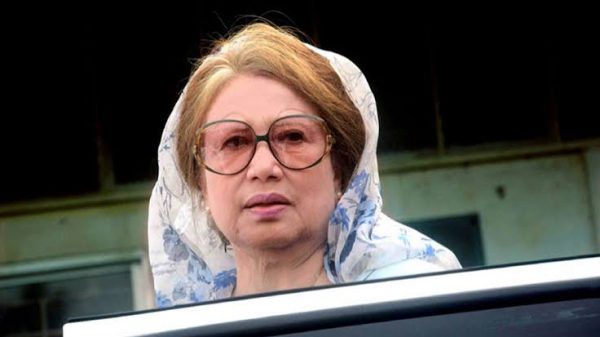









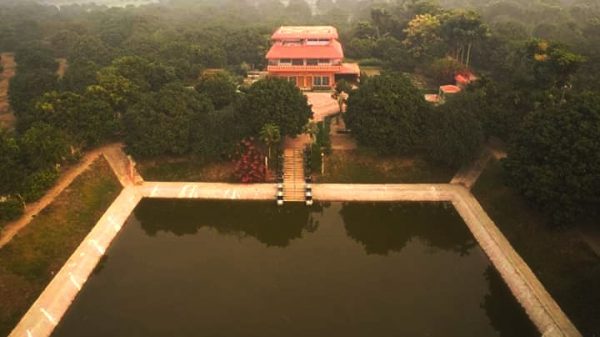

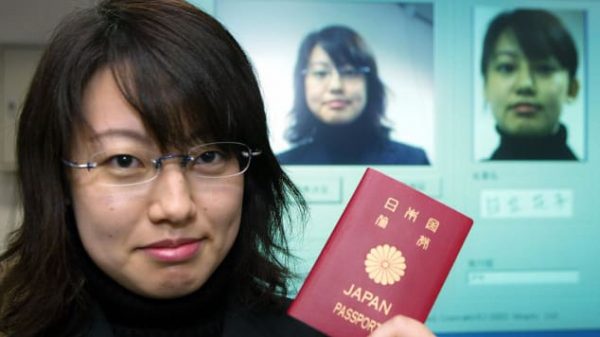


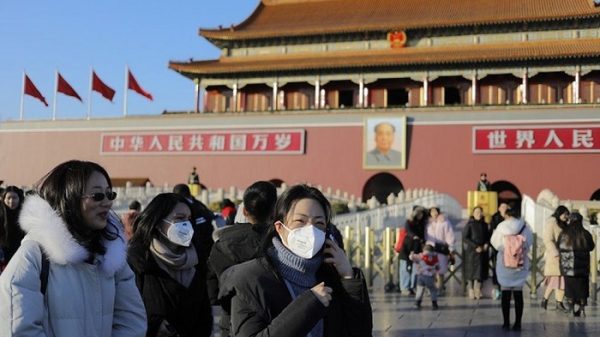
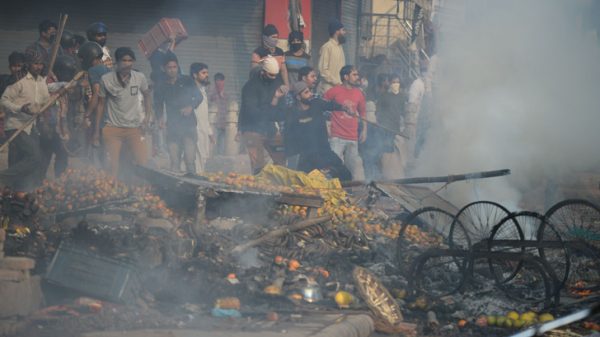




Leave a Reply